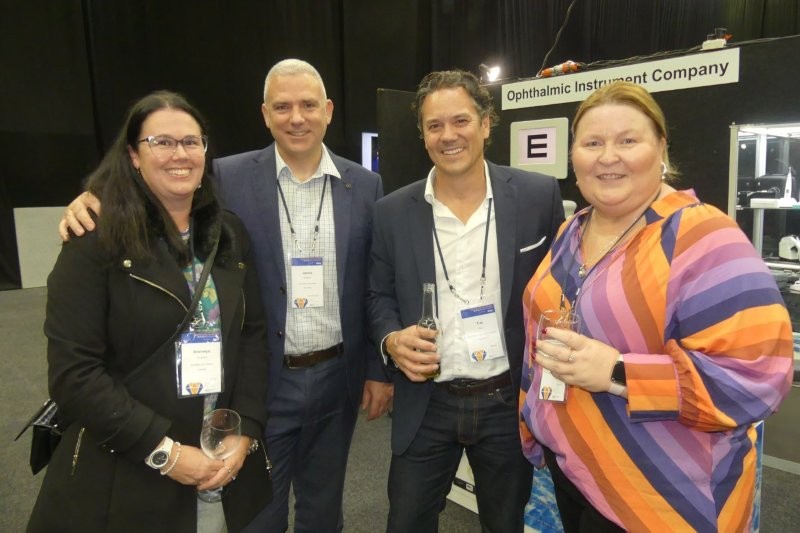Trials advance for fewer injections
Intravitreal (IVT) reservoirs for the sustained treatment of wet age-related macular degeneration (AMD), diabetic macular oedema (DMO), retinal vein occlusion (RVO) and uveitis have achieved promising results in several trials.
Kodiak Sciences has announced encouraging one-year durability, efficacy and safety data from the ongoing phase 1b study of its therapy KSI-301, which releases an IVT anti-vascular endothelial growth factor (anti-VEGF) antibody biopolymer conjugate from a depot. The platform was compared with aflibercept, which was administered every eight weeks. With more than 2,000 KSI-301 doses administered, two-thirds of patients in each cohort had a six-month or longer treatment-free interval at the end of year one, said Dr Jason Ehrlich, chief medical officer at Kodiak Sciences. "Moreover, 78% of wet AMD patients and 84% of DMO patients were on a four-month or longer interval at year one, as were 75% of RVO patients. Remarkably, 54% of wet AMD patients required only one retreatment and 50% of DMO patients required no retreatment in year one.”
A phase 2b Altissimo trial evaluated Graybug Vision’s sunitinib-malate-loaded depot for AMD treatment. At 1mg dose the median time to first supportive therapy was five months, with 48% of patients not requiring supportive therapy for at least six months and 62% for at least four months or more. GB-103, a longer-acting formulation of sunitinib, has the potential to deliver therapeutic drug levels to the retinal tissue for up to 12 months from a single IVT injection, said the company.
Genentech’s Port Delivery System (PDS) is an implanted intraocular reservoir containing ranibizumab that’s refillable and about the size of a grain of rice. The company’s phase 3 Archway trial showed that 98.4% of patients on the trial lasted six months before needing additional treatment.
Uveitis reservoirs
Bausch & Lomb’s Retisert implant is designed to deliver fluocinolone acetonide (FAi) over three years for non-infectious intermediate, posterior and panuveitis treatment. Professor Glenn Jay Jaffe at Duke University School of Medicine in North Carolina, whose lab is leading the FAi research, explained that injecting the implant is similar to inserting small-gauge cannulas for vitrectomies. Meanwhile Santen Pharmaceutical Co has reported positive results in its phase 3 Sakura-1 study investigating the safety and efficacy of two different doses of sirolimus, an antibiotic administered intravitreally in uveitis patients. Injecting the antibiotic forms a depot that releases the drug over a 60-day period.


























